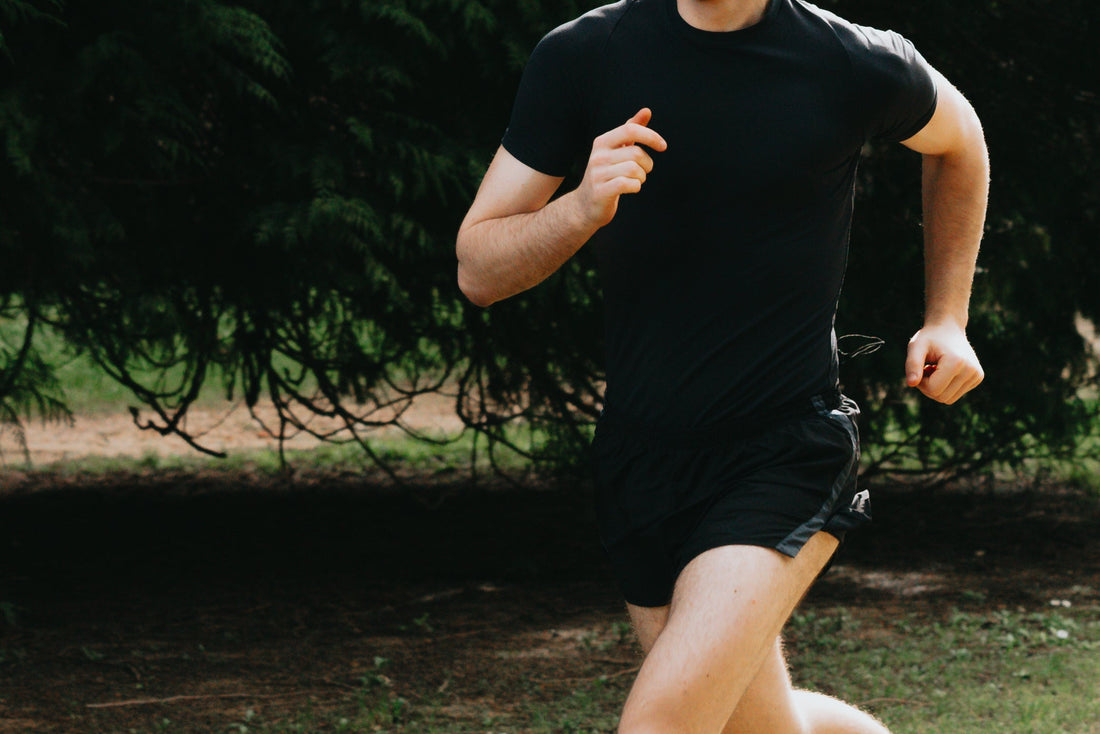
Comment courir correctement : un guide pour améliorer l'efficacité et réduire l'inconfort
Partager
En ce qui concerne la course à pied, beaucoup de gens pensent qu'il s'agit d'une activité simple qui consiste simplement à sprinter. Cependant, la posture et les méthodes de course correctes ont de nombreuses nuances. La course à pied, en tant que sport facile à pratiquer, est appréciée par beaucoup et ses avantages sont indéniables : elle peut améliorer la capacité pulmonaire, améliorer la fonction cardiovasculaire, favoriser la circulation sanguine, renforcer les muscles, augmenter la souplesse des articulations et renforcer les os, contribuant même à prévenir les maladies.
Inconfort après avoir couru : l’avez-vous déjà ressenti ?
Malgré les nombreux bienfaits de la course à pied, de nombreux coureurs se sentent souvent fatigués ou mal à l'aise après l'exercice. Pourquoi ? Cela est étroitement lié à la posture et aux techniques de course.
Bonne posture de course : la pratiquez-vous correctement ?
- Gardez le torse droit : maintenez le torse droit, le dos détendu et une ligne droite de la tête au cou et au dos. Gardez les yeux fixés vers l'avant. Évitez de vous balancer d'un côté à l'autre pour minimiser la dépense énergétique inutile et le risque de blessure.
- Détendez vos épaules et vos bras : Bien que la course soit avant tout une activité qui sollicite le bas du corps, la posture du haut du corps est tout aussi importante. Gardez vos épaules détendues, vos bras légèrement pliés, se balançant naturellement d'avant en arrière pour améliorer l'efficacité de la course.
- Engagez vos fessiers et soulevez vos jambes modérément : Essayez de garder vos fessiers engagés pour fournir un élan vers l'avant soutenu. Soulevez vos jambes modérément pour éviter un centre de gravité instable et des secousses corporelles.
- Position d'atterrissage du pied : lorsque vous courez, atterrissez d'abord sur votre talon ou sur le milieu du pied, puis roulez vers l'avant sur votre avant-pied. Évitez d'atterrir sur tout le pied pour éviter un impact excessif sur votre corps.

Comment soulager l’inconfort après avoir couru
Même si vous maintenez une bonne posture de course, vous pouvez toujours ressentir des douleurs musculaires ou d'autres désagréments après l'exercice. Voici quelques méthodes de soulagement :
- Échauffement et étirements : échauffez-vous toujours avant de courir et faites des étirements appropriés par la suite pour favoriser la récupération musculaire.
- Bain de glace : Pour soulager les courbatures après une course de longue distance, essayez un bain de glace. Tremper vos membres inférieurs dans de l'eau glacée pendant 5 à 10 minutes peut réduire efficacement l'inflammation et les courbatures musculaires.
- Hydratez-vous : Assurez une hydratation adéquate pendant la course et réapprovisionnez-vous suffisamment après ; les boissons fonctionnelles peuvent aider à la récupération.

Entraînement musculaire complet du corps : améliorer l'efficacité de la course
De nombreux amateurs de course à pied croient à tort que la course à pied ne sollicite que les muscles des jambes. Pour être efficace, la course à pied nécessite un développement coordonné de tout le corps, en particulier du haut du corps, du tronc et des fessiers.
- Progression progressive : Commencez par des exercices de force de base et augmentez progressivement la difficulté et la charge pour favoriser le développement coordonné de tous les muscles.
- Variété de contenu : Évitez les méthodes d’entraînement répétitives ; il est recommandé de changer votre routine toutes les six semaines pour assurer un développement musculaire équilibré.
- Persistance : L’entraînement en force nécessite de la constance ; ce n’est qu’avec du dévouement que vous obtiendrez des résultats idéaux.

Conclusion
Courir ne consiste pas seulement à se déplacer rapidement ; c’est un exercice qui sollicite tout le corps et qui requiert technique et méthode. Maîtriser la bonne posture, comme le maintien d’une position droite, des épaules détendues et des techniques d’atterrissage appropriées, peut améliorer considérablement l’efficacité de la course et réduire le risque de blessure. De plus, des méthodes d’étirement et de récupération appropriées, comme les bains de glace et l’hydratation, peuvent soulager les douleurs musculaires et aider votre corps à récupérer plus rapidement. Un entraînement musculaire complet est également essentiel pour améliorer la coordination musculaire globale. En prenant la course au sérieux et en nous concentrant sur les détails, nous pouvons profiter de la santé et de la joie qu’elle apporte, faisant de ce sport une belle partie de notre vie.
